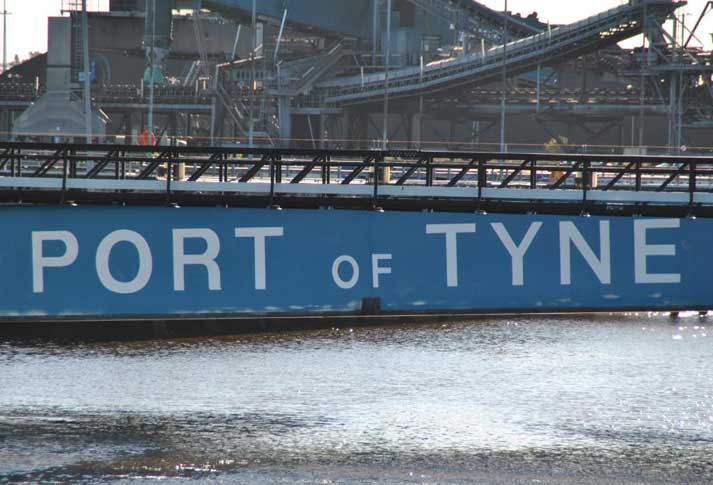The Pontoon (or ponton) bridge is also referred to as a floating bridge and has been used for military and other purposes for literally thousands of years. The first mention of a pontoon bridge is found in Homer ca 800BC. The usual method of construction is a number of floats, or pontoons, joined loosely together across which a walkway or roadway is suspended. The flexibility in its construction is required to prevent the components breaking as the water upon which it is suspended moves. Due to the manner of construction of a pontoon bridge, it is necessary for troops to cross it by walking rather than marching, allowing the pontoons to rise and fall in a buoyant manner rather than be sunk by a large number of in unison steps.
The earliest recorded use of a pontoon bridge was by Cyris the Great in 536bc using skin covered pontoons. The Persian army under the rule of King Xerxes during the Persian invasion of Greece in 480BC. This first pontoon bridge was used to allow the Persian army to cross the strait of Dardanelles in Turkey. Persian engineers devised the method whereby a bridge was constructed, anchored at either end by two large ships, and supported along its expanse by smaller vessels. Unfortunately for the engineers, bad weather and conditions at sea-wrecked the bridge and they were beheaded. But the next attempt was successful. The Column of Marcus Aurelius in Rome clearly depicts soldiers and horses crossing a bridge that is suspended above a number of small boats beneath it.
The pontoon bridge developed during the American Civil War. At first small boats were still used to carry bridge components, but then wood frames covered with tin or copper were used to construct pontoons, although these were quickly discarded. Wooden framed pontoons covered with canvas, pontoons made of India rubber and cotton canvas floats followed.
In 1941 the United States adopted a construction of rubber fabric floats which were collapsible and steel-treaded roadways across them. This was followed by light welded steel box pontoons.
Further modern development has resulted in current day pontoon bridges consisting of many components, the theory behind which is that should one become damaged and leak, there are many others to take its place.

